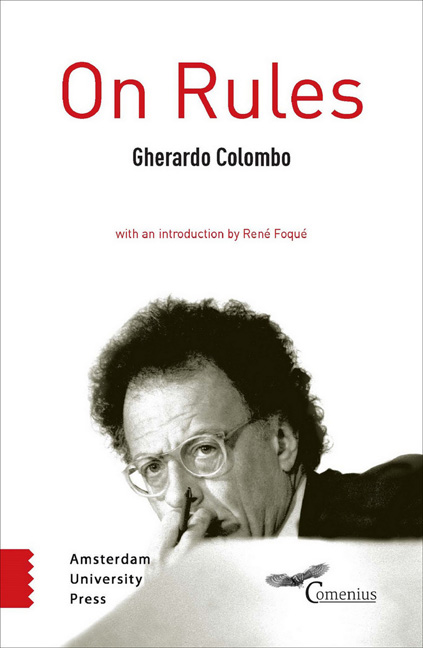Book contents
- Frontmatter
- Introduction: Gherardo Colombo’s Concern for the Democratic State under the Rule of Law: A Work in Progress
- Why?
- 1 An Imaginary Country
- Contents
- Part I The Ambiguities of Justice
- Part II Horizontal Society and Vertical Society
- Part III Towards a Horizontal Society
- Part IV How Do We Get There?
- Conclusion
- Acknowledgments
22 - An Attempt at Creating a Horizontal Society: the Italian Constitution
Published online by Cambridge University Press: 24 December 2020
- Frontmatter
- Introduction: Gherardo Colombo’s Concern for the Democratic State under the Rule of Law: A Work in Progress
- Why?
- 1 An Imaginary Country
- Contents
- Part I The Ambiguities of Justice
- Part II Horizontal Society and Vertical Society
- Part III Towards a Horizontal Society
- Part IV How Do We Get There?
- Conclusion
- Acknowledgments
Summary
Even before the Universal Declaration of Human Rights was proclaimed worldwide, in Italy the Constitution – inspired by the same beliefs – came into force.
A constitution is that set of regulations which establishes the principles governing relationships between people, determining the model for the organisation of society, and identifying mandatory, inviolable, inalienable rights and inescapable duties. It is a fundamental law that shapes all the other norms issuing in a state. It performs more or less the same function as natural right did in the past, when laws were regarded as just (or unjust) insofar as they were in keeping with (or in opposition to) natural right. Similarly, laws today are legitimised by their conformity to the Constitution.
Thus we have come back to evaluating law, not on the basis of its source (which, however, remains a precondition since law can only be enacted by the institutions authorised to do so), but on the basis of its content.
The difference is that, today, content is determined by an agreement among all citizens.
The assembly appointed to draft the Constitution was elected by universal suffrage, that is with the votes of both men and women (who until then had been excluded from elections) on 2 June 1946, the same day that Italian citizens, in a referendum, chose the republic as the form of government for their state, thus abolishing the previous monarchical structure. On 27 December 1947 the Constitution was enacted, and on 1 January 1948 it came into force.
Italy had recently emerged from Fascism, which was modelled on the principles of vertical societies where a few individuals had the power to influence the lives of many. In the Fascist era there were plenty of instances of vertical organisation. They included the abolition of all political parties and labour unions other than the Fascist party and union (which Italian citizens were virtually forced to join; the very few who refused were isolated from society), and consequently the abolition of the freedom of expression, of association, of assembly, of expressing political ideas other than those of the regime. ‘Confinement’, a police measure introduced in 1926, forced people who were regarded as ‘dangerous for the national order of the state’ (namely political opponents) to live in isolation, in a ‘comune’, mostly on a small island from which they were unable to leave.
- Type
- Chapter
- Information
- On Rules , pp. 109 - 110Publisher: Amsterdam University PressPrint publication year: 2016



